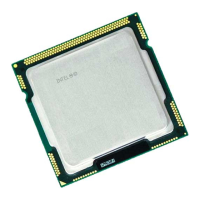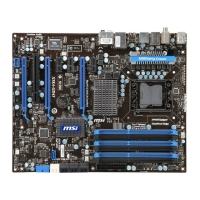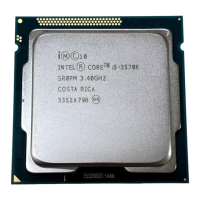Messages
13-1
13
This chapter describes the diagnostic messages that the compiler produces
when invoked with the ic960 driver, or with the gcc960 driver and the
ffancy-errors option. (Invoking the compiler with ic960 -Jgd
produces the corresponding gcc960-style message format and output.)
On UNIX systems, the compiler displays error messages, along with the
erroneous source line, on the standard error device. In Windows systems,
messages appear on the standard output device. However, if
I960ERR is
defined, messages appear on the standard error device. To display or
suppress warning messages, use the
w (Diagnostic-level) compiler option.
Additionally, the
h (Help), v (Verbose), and V (Version) options display
more information about the compiler, assembler, and linker invocations
and about the host system.
Diagnostic messages provide syntactic and semantic information about
source text. Syntactic information can include, for example, syntax errors
and use of non-ANSI C. Semantic information includes, for example,
unreachable code. If a source listing is requested, the compiler puts
diagnostic messages in the program listing, as well as displaying them to
the standard error device.
Several levels of diagnostic messages can occur:
Command-line report improper command-line options or
diagnostics arguments.
Warning messages report legal but questionable use of C. The
compiler displays some warnings by default. To
suppress all warning messages, set the diagnostic
level to
2. To enable all warning messages, set

